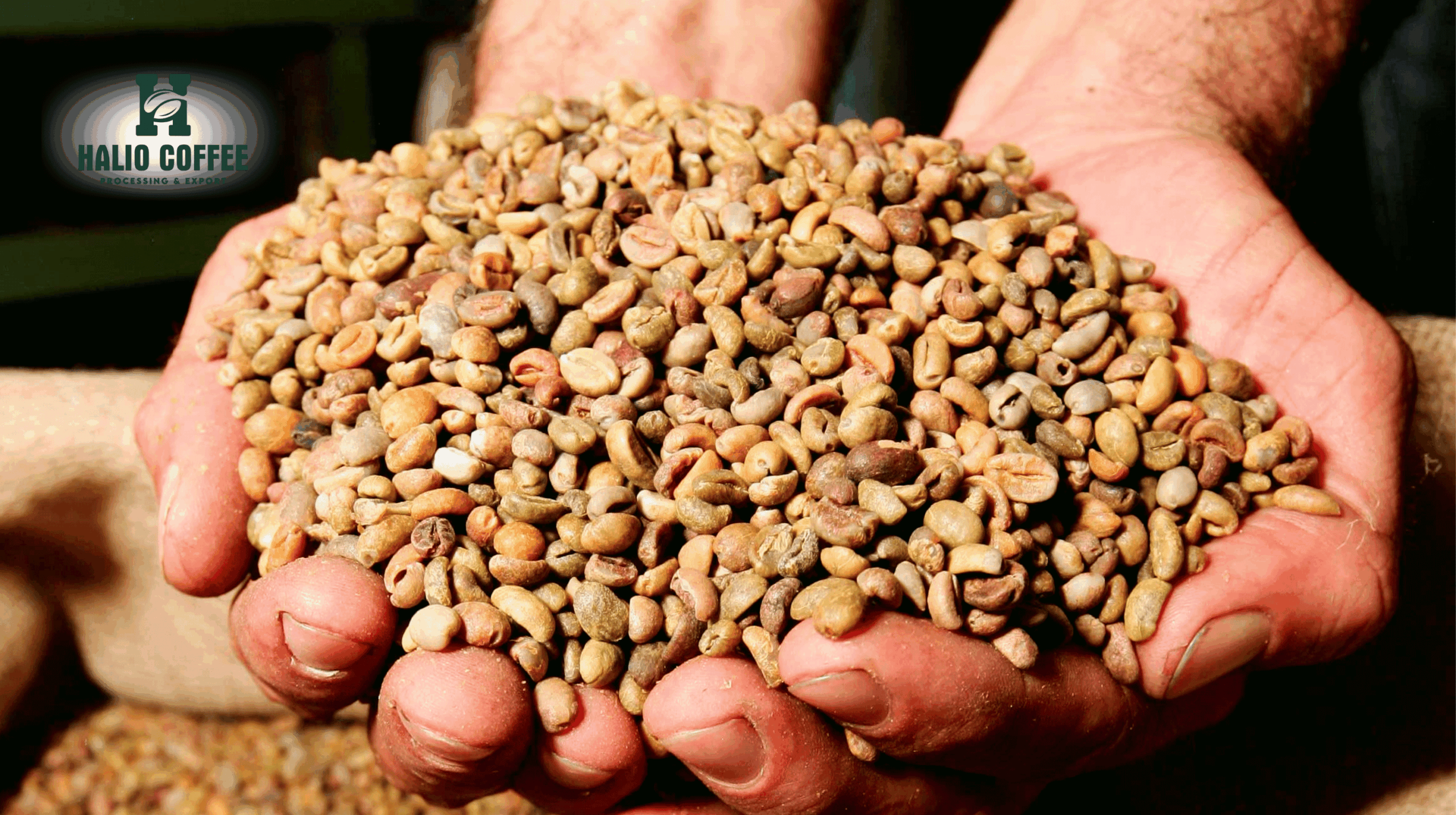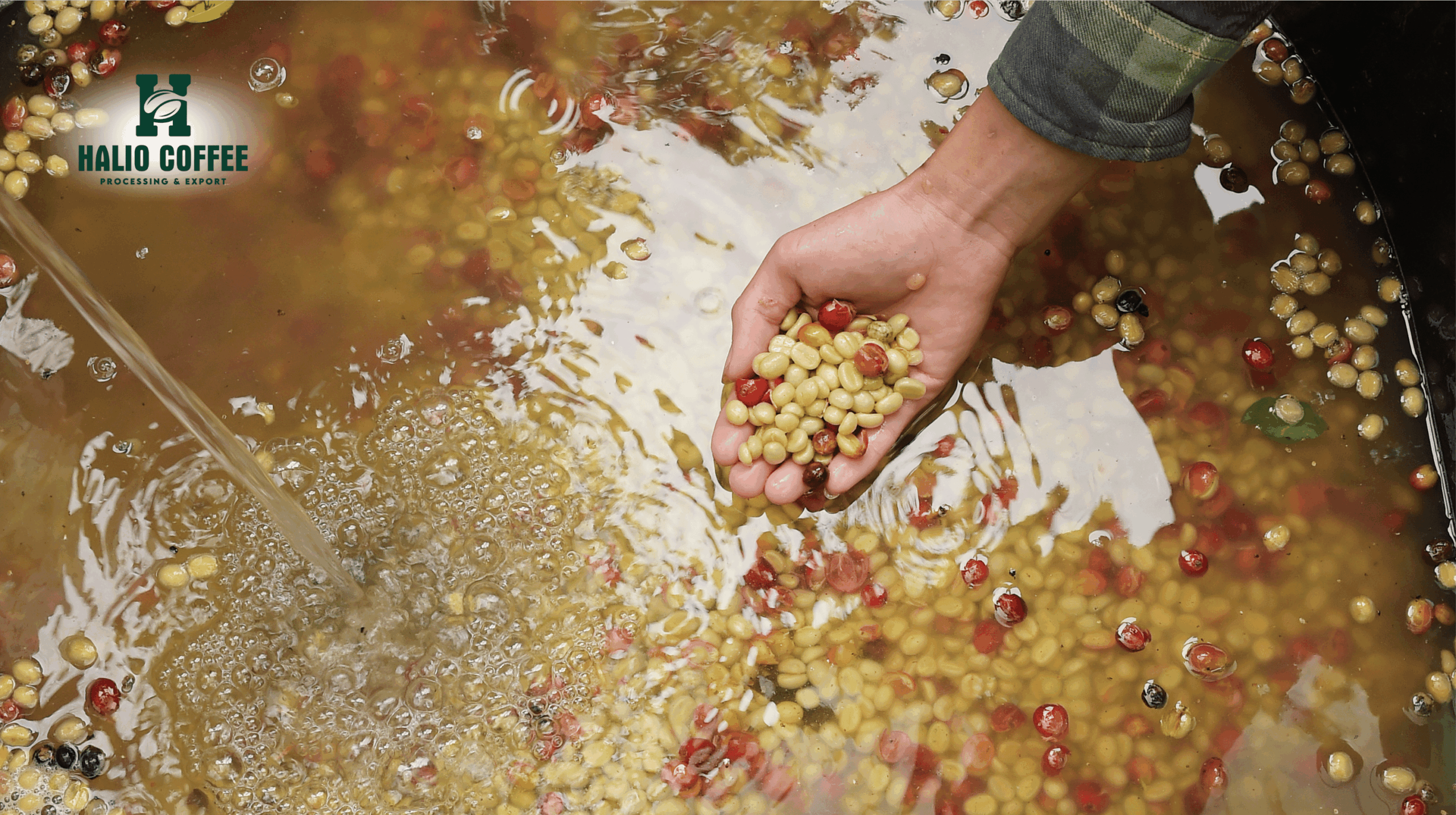Coffee Prices Today: Sharp Declines Amid Supply Optimism and Potential U.S. Tariff Exemptions
Coffee prices today registered one of the steepest declines in recent weeks as futures on both the London and New York exchanges fell sharply. The drop came as traders priced in improved supply prospects from major producers and growing optimism that the United States may grant exemptions from recently imposed import tariffs on coffee.
While arabica futures at the Intercontinental Exchange (ICE) in New York fell more than 4%, robusta contracts on London’s ICE Futures Europe shed over 7%. For producers, distributors, and roasters, this sudden reversal underscores how political decisions, weather forecasts, and harvest projections can all swiftly reshape market sentiment.
Coffee Prices Today: Global Market Performance
On September 19 trading sessions closed with significant declines across both major coffee categories:
- Robusta Futures:
- November 2025 contract dropped 7.02% (-312 USD) to settle at 4,135 USD/ton.
- January 2026 contract lost 7.07% (-311 USD), finishing at 4,089 USD/ton.
- Arabica Futures:
- December 2025 contract fell 4.07% (-15.55 US cents/pound) to 365.3 US cents/pound.
- March 2026 contract decreased 4.15% (-15 US cents/pound) to 346.2 US cents/pound.
These moves erased much of the momentum that had recently driven arabica futures close to record highs earlier in the week, highlighting just how quickly market expectations can shift.
Why Coffee Prices Today Declined
Several intertwined factors explain the steep fall in coffee prices today:
- Improved Supply Outlook – Forecasts for larger harvests in Brazil and Vietnam reduced immediate concerns about tight global availability.
- Tariff Exemption Optimism – Reports that U.S. lawmakers may push for exemptions on coffee imports weakened the bullish pressure caused by recent tariffs.
- Speculative Positioning – After weeks of bullish sentiment, many traders liquidated long positions, accelerating the downward momentum.
Together, these elements created a perfect storm for a price correction across both arabica and robusta markets.
The Role of U.S. Tariff Policy
The sharp price moves were largely driven by speculation over U.S. trade policy. According to the Washington Post, American lawmakers are expected to introduce a bill proposing exemptions from tariffs on coffee imports.
- If passed, the exemptions would apply not only to green coffee beans but also to roasted coffee, decaffeinated coffee, husks, silverskin, and other coffee-related products.
- Such a bill would require approval from both the House and Senate before being signed by President Donald Trump.
The possibility of tariff relief has already altered market sentiment. Prices had surged in recent weeks after the U.S. imposed a 50% import tariff on Brazilian coffee, effectively restricting access to the world’s largest arabica exporter. Exemptions, if implemented, could ease domestic supply pressures in the United States and temper the bullish outlook that previously drove arabica higher.
Arabica Market Sensitivity to Policy Shifts
Arabica coffee, primarily sourced from Brazil, has been most directly impacted by tariff developments. With Brazil’s farmers withholding stocks in response to currency fluctuations and trade barriers, U.S. inventories monitored by ICE dropped to multi-month lows.
The mere prospect of tariff exemptions was enough to trigger sharp selling in arabica futures as traders anticipated improved supply flows. Analysts such as Laleska Moda of Hedgepoint noted that a return of Brazilian beans to U.S. ports would significantly ease domestic supply shortages and stabilize ICE-certified reserves.
Robusta Futures React to Vietnam’s Supply Strength
While tariff policies primarily affect arabica, robusta markets faced their own pressures. London robusta futures fell by more than 7% as expectations for a strong Vietnamese harvest weighed heavily on sentiment.
According to a Bloomberg survey of producers, exporters, and analysts:
- Vietnam’s coffee output for the 2025–2026 crop year is projected at 29.4 million 60-kg bags.
- This represents a 6% increase year-on-year, or roughly 1.76 million additional bags.
- Favorable rainfall throughout the growing season has positioned Vietnam for its largest harvest in four years.
Given Vietnam’s role as the world’s leading robusta supplier, these projections significantly influenced robusta futures pricing.
Vietnam Green Coffee Beans and Their Global Impact
The anticipated bumper harvest has major implications for the global market. Vietnam green coffee beans are a cornerstone of the instant coffee industry and are increasingly used by roasters worldwide to balance blends as arabica prices fluctuate.
- A larger Vietnamese crop means greater availability of Vietnam green coffee beans for export.
- With U.S. buyers reassessing contracts due to tariff uncertainty on Brazilian imports, Vietnamese robusta could capture additional market share.
- The consistency and cost competitiveness of Vietnam’s coffee sector continue to reinforce its importance in stabilizing global supply chains.
For international buyers, particularly bulk roasters and distributors, this strengthens the strategic value of Vietnamese partnerships in hedging against arabica-driven volatility.
Market Analysis from Industry Experts
The sharp correction in coffee prices today has been interpreted differently across industry circles:
- Bloomberg Analysis: Described the downturn as a reflection of improved trade prospects and stronger supply signals.
- Hedgepoint Insights: Laleska Moda emphasized that tariff exemptions, if approved, could restore normal trade flows, reducing the domestic strain in the U.S. market.
- Rabobank Commentary: Analyst Oran van Dort highlighted that while the bill has not yet passed, it signals a political willingness to resolve current trade disruptions. If Brazilian exports resume freely, stored inventories could quickly re-enter the market, easing supply tightness and pushing prices lower.
Weather Developments in Brazil
Beyond tariffs and harvests, weather conditions in Brazil remain central to global coffee pricing. The end of September and early October are critical months for arabica flowering.
- Adequate rainfall during this period will support the 2026–2027 harvest cycle, influencing long-term supply expectations.
- Conversely, insufficient rain could exacerbate concerns about yield reductions, reigniting bullish sentiment.
Thus, while coffee prices today reflect immediate optimism, underlying volatility remains tied to Brazil’s weather outcomes.
Price Volatility and Speculative Activity
Coffee markets are notoriously volatile, with speculative funds amplifying short-term swings. The latest decline followed a period when arabica futures had approached historic highs earlier in the week, fueled by fears of supply scarcity.
Once news of potential tariff exemptions surfaced, speculative traders rushed to unwind long positions. This triggered cascading sell orders, magnifying the downward move. For producers and roasters, such volatility complicates risk management strategies, emphasizing the importance of hedging through diversified sourcing and forward contracts.
Implications for Producers, Distributors, and Roasters
The correction in coffee prices today has immediate and longer-term consequences:
- Producers: Brazilian farmers may face reduced export opportunities if tariffs remain but could benefit from renewed flows if exemptions pass. Vietnamese farmers are positioned to capitalize on increased demand for robusta.
- Distributors: Supply chain managers must closely monitor U.S. legislative developments and weather conditions in Brazil to adjust procurement strategies.
- Roasters: With arabica’s volatility and robusta’s relative stability, many roasters are reformulating blends to balance flavor profiles and cost efficiency.
Vietnam green coffee beans remain central to these strategies, offering reliable volumes amid ongoing uncertainty.
Looking Ahead: What Shapes Coffee Prices Tomorrow
While coffee prices today show a steep decline, the medium-term outlook depends on three critical factors:
- U.S. Tariff Decisions – Exemptions could normalize trade with Brazil, bringing down prices, but political uncertainty remains.
- Vietnam’s Harvest Results – A bumper crop could exert downward pressure on robusta markets through early 2026.
- Brazil’s Weather Outlook – Rainfall patterns in September–October will be decisive for the 2026–2027 arabica harvest.
Industry participants must prepare for continued fluctuations, as each of these variables could shift market balance dramatically within weeks.
- Behind the Scenes: An Insider’s Guide to the Vietnamese Coffee Export Procedure
- A Consultant’s Guide to the Coffee Export Customs Clearance Vietnam Process
- Coffee Prices Climb for Second Day Amid Brazil Frost Fears
- A Consultant’s Guide to Vietnam Coffee Farm Traceability
- Coffee Price Today, July 31: Robusta Hits Two-Week High, Arabica Continues to Slide







